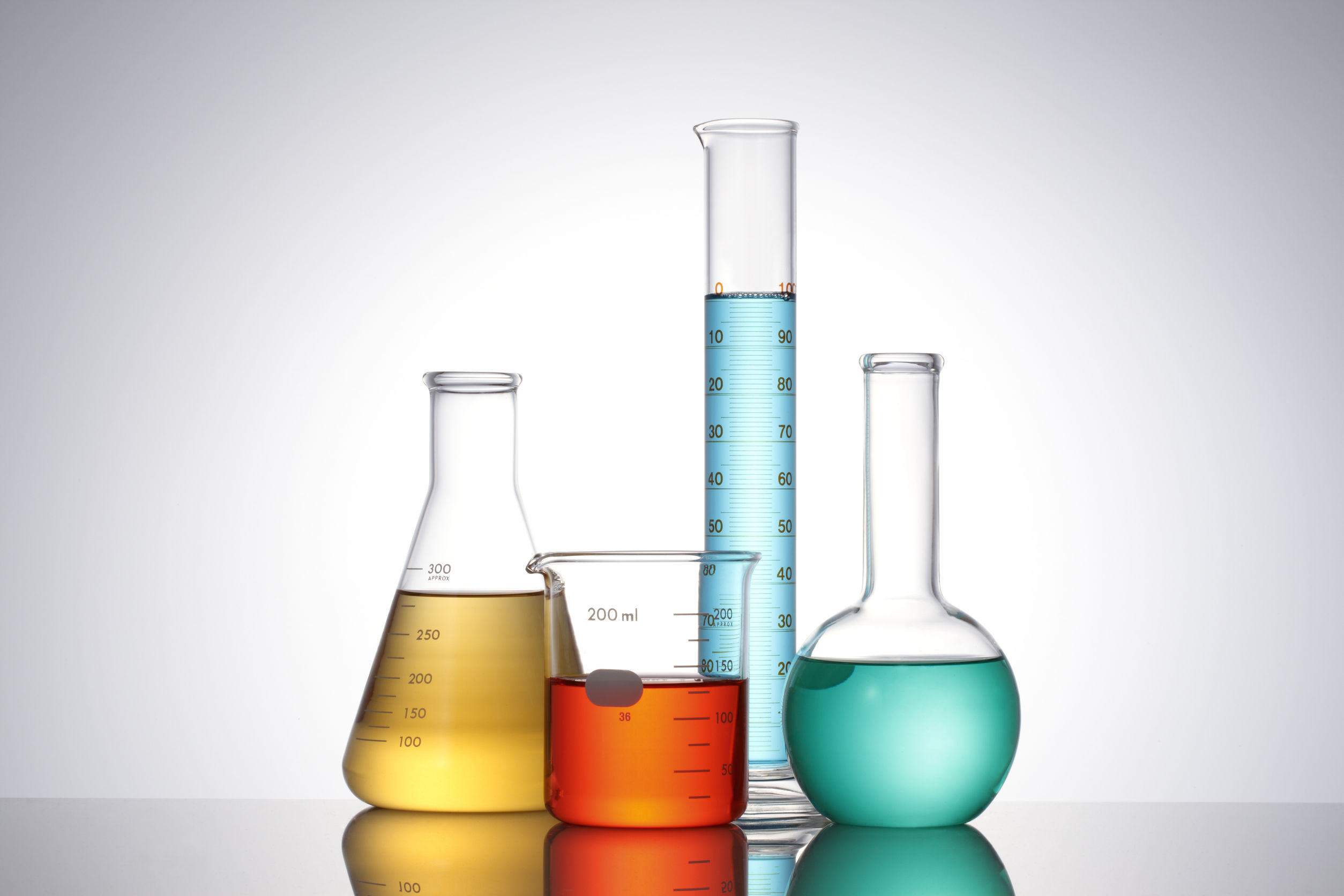What is Laboratory Glassware?
Laboratory glassware plays a crucial role in scientific research and experimentation across various fields, including chemistry, biology, and physics. It consists of a wide range of specialized glass instruments designed for various laboratory purposes. This article explores the diverse world of laboratory glassware, its types, applications, and the significance it holds in the world of scientific discovery.
Introduction
Laboratory glassware encompasses a diverse array of glass instruments used by scientists, researchers, and students to conduct experiments, perform tests, and analyze substances in controlled laboratory settings. These precision-crafted tools are designed to meet specific scientific requirements, ensuring accuracy and reliability in various experiments. Laboratory glassware is an integral part of the scientific process, serving as vessels, containers, and apparatus for measuring, mixing, heating, and storing chemicals and samples.
Types of Laboratory Glassware
Laboratory glassware comes in a wide variety of forms, each tailored for specific functions. Some common types of laboratory glassware include:
Beakers: Beakers are cylindrical containers with a flat bottom and a lip for pouring. They are used for mixing, heating, and storing liquids and are available in various sizes.
Flasks: Erlenmeyer flasks and Florence flasks are common types used for containing and mixing liquids. Erlenmeyer flasks have a narrow neck, making them suitable for swirling and mixing without excessive splashing.
Test Tubes: Test tubes are small, elongated glass tubes used for holding and heating small quantities of liquids. They are often placed in a test tube rack for stability.
Pipettes: Pipettes are used to transfer precise volumes of liquids. They come in various types, including graduated pipettes and volumetric pipettes, each with specific measurement capabilities.
Burettes: Burettes are long, graduated glass tubes with a stopcock at the bottom. They are used for delivering precise volumes of liquids, often in titration experiments.
Petri Dishes: Petri dishes are shallow, flat, cylindrical glass or plastic containers used for growing and observing microorganisms, such as bacteria and fungi.
Volumetric Flasks: These flasks have a precise volume marked on the neck and are used for making solutions of a known concentration.
Condensers: Condensers are glass tubes used to convert vapor into liquid, typically for distillation and reflux processes.
Funnel: Funnels are conical glass tubes used for guiding liquids into containers with smaller openings.
Microscope Slides: These small, flat glass plates are used for mounting and observing microscope specimens.
Graduated Cylinders: Graduated cylinders are used for measuring the volume of liquids precisely.
Desiccators: Desiccators are airtight glass containers used for storing moisture-sensitive substances and maintaining a dry environment.
Applications of Laboratory Glassware
Laboratory glassware is used across various scientific disciplines for a wide range of applications:
Chemistry: In chemistry, laboratory glassware is employed for chemical reactions, titrations, distillations, and qualitative/quantitative analyses. Common tasks include mixing chemicals, measuring volumes, and conducting experiments in controlled environments.
Biology: Biologists use laboratory glassware for various purposes, including cell culture, microorganism culturing, and sample storage. Petri dishes, test tubes, and culture flasks are essential tools in biology laboratories.
Physics: In physics experiments, laboratory glassware is used for conducting experiments related to optics, fluid dynamics, and thermodynamics. Devices such as prisms and lenses are made of glass and play a pivotal role in optical experiments.
Environmental Science: Environmental scientists use laboratory glassware for the analysis of air and water samples. Volumetric flasks and spectrophotometer cuvettes are used to measure pollutants and contaminants.
Pharmaceuticals: The pharmaceutical industry relies on laboratory glassware for drug formulation, testing, and quality control. Volumetric flasks, pipettes, and test tubes are used in pharmaceutical laboratories.
Materials Science: Researchers in materials science use glassware for the synthesis and characterization of new materials, such as polymers and nanomaterials.
Geology: Geologists use glass containers to store and examine geological samples, including rocks, minerals, and sedimentary materials.
The Significance of Laboratory Glassware
Laboratory glassware offers several key advantages that make it indispensable in scientific research:
Precision: Glassware is manufactured to exacting standards, ensuring accurate measurements and results in experiments. Graduated markings allow for precise volume and temperature control.
Inertness: Glass is non-reactive and inert to most chemicals, making it ideal for handling a wide range of substances without contamination.
Transparency: Glass is transparent, allowing researchers to observe reactions and changes within the glassware without disturbing the experiment.
Versatility: Laboratory glassware comes in various shapes and sizes, accommodating diverse experimental needs.
Durability: High-quality laboratory glassware is resistant to chemical corrosion, ensuring its longevity and reusability.
Easy to Clean: Glassware is easy to clean and sterilize, maintaining sample integrity between experiments.
Standardization: Many types of laboratory glassware adhere to international standards, ensuring uniformity and compatibility across laboratories.
Conclusion
Laboratory glassware serves as the backbone of scientific experimentation and research, offering precision, versatility, and reliability. Its role in diverse scientific disciplines, from chemistry to biology, is pivotal for conducting experiments, making accurate measurements, and achieving meaningful results. Understanding the various types and applications of laboratory glassware is essential for anyone involved in scientific pursuits, as it forms the foundation of countless discoveries and advancements in the world of science.

this is a subheading
this is a heading

Lorem ipsum dolor sit amet, consectetur adipiscing elit, sed do eiusmod tempor incididunt ut labore et dolore magna aliqua. Massa sapien faucibus et molestie ac. Nulla facilisi morbi tempus iaculis urna id volutpat. Sit amet justo donec enim diam vulputate ut. Tempor orci dapibus ultrices in iaculis nunc sed.
Pharetra convallis posuere morbi leo urna. Non quam lacus suspendisse faucibus interdum posuere lorem ipsum. Accumsan tortor posuere ac ut consequat semper viverra nam libero. Fusce id velit ut tortor pretium.
© Copyright Marketing de Buscadores

